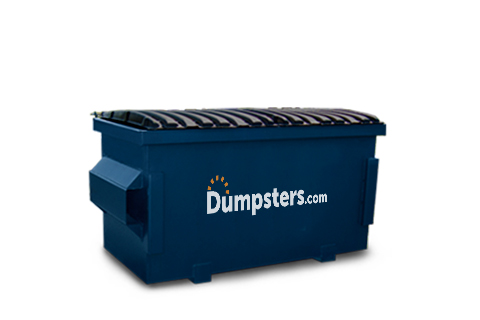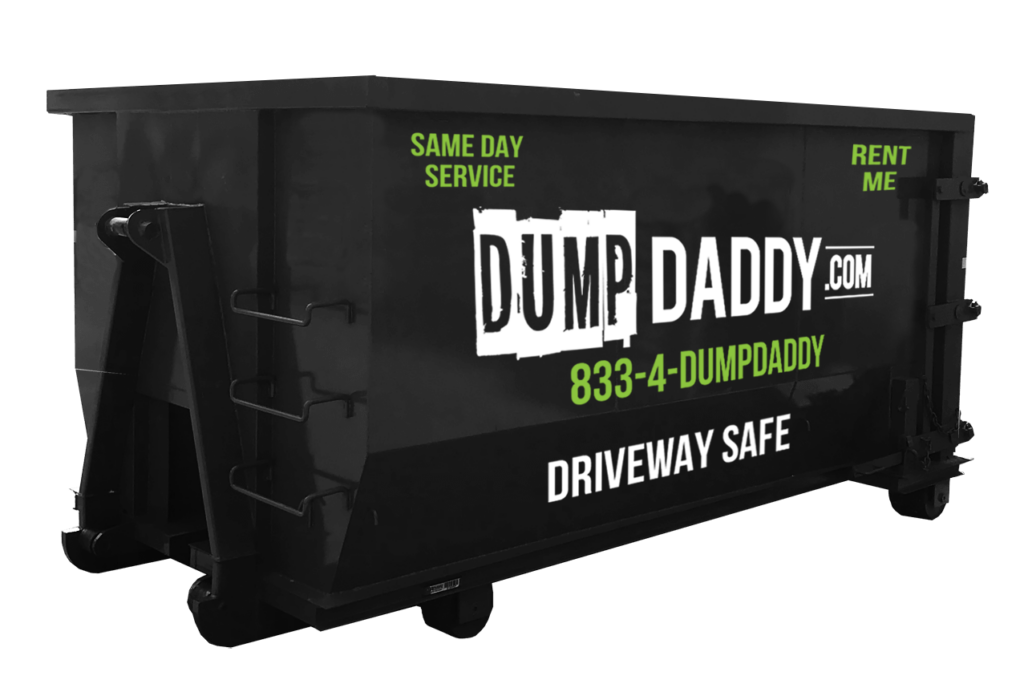
What Dumpster Rental Dimension Do I Need for My Job
Accurate estimate of waste volume is necessary in establishing the best dumpster rental size, as it directly impacts the performance and cost-effectiveness of your waste disposal process Take into consideration the kind and quantity of products, project duration, and aspects like weight, thickness, and void in the dumpster. Typical dumpster sizes vary from 10 to 40 yards, with each matched for particular task types. By reviewing your waste result, room constraints, weight capability, and debris type, you can select the ideal dimension to optimize waste disposal and minimize costs. Remain to fine-tune your computation for an excellent fit.
Determining Your Waste Quantity Needs
A considerable portion of the dumpster rental process includes properly determining your waste volume needs, as this straight affects the dimension of the dumpster you'll require.
To make an informed decision, it's vital to estimate the amount of waste your job will certainly produce. Think about the type and amount of products you'll be taking care of, such as construction debris, home garbage, or lawn waste. In addition, consider the period of your task and exactly how regularly the dumpster will require to be emptied.
When determining your waste quantity, consider the list below factors: the weight and thickness of the products, the size of the things being thrown out, and the empty space within the dumpster.
It's also essential to make up any kind of unexpected waste that might emerge during the project. By making the effort to precisely estimate your waste quantity requires, you'll have the ability to select the right dumpster size for your task, making certain efficient waste removal and lessening the risk of costly overflows or insufficient capacity.
Understanding Dumpster Size Options
Several dumpster size options are available to fit numerous project needs, varying from small, small dumpsters to large, industrial-sized containers This selection guarantees that you can discover the perfect fit for your particular demands, whether you're tackling a small improvement or an enormous building and construction project.
Dumpster dimensions are normally measured in cubic yards, with typical dimensions consisting of 10, 15, 20, 30, and 40-yard dumpsters. A 10-yard dumpster, for example, is suitable for small jobs such as washroom remodels or minor cleanouts, holding around 3-4 pickup tons of debris.
On the various other hand, a 40-yard dumpster is far better fit for large projects like industrial construction or major demolition work, holding around 12-16 pickup truck loads of waste.
Understanding the different dumpster dimension options is important to guaranteeing you have the best tools for your job. By choosing the appropriate dimension, you can optimize waste disposal efficiency, lower prices, and decrease environmental impact.
Factors Influencing Dumpster Rental Size
Determining the ideal dumpster rental size for a project entails more than just reflecting on the physical area available; it likewise needs evaluating various variables that affect waste generation and disposal.
One crucial element is the type of waste being produced. For example, building and construction jobs typically generate hefty, dense materials like concrete and asphalt, which require larger dumpsters. On the various other hand, household cleanups or backyard waste elimination may include lighter, bulkier materials that can be fit by smaller sized dumpsters.
Another aspect to take into consideration is the duration of the job. Longer tasks have a tendency to generate even more waste, demanding bigger dumpsters or even more frequent pickups.
Additionally, the number of workers on site and their level of proficiency can additionally affect waste generation rates Projects with even more employees or those requiring specialized skills may create even more waste as a result of enhanced activity and possible errors.

Calculating Your Project's Waste Output
How much waste will your task eventually generate? This is an essential question to answer when establishing the appropriate dumpster rental size
Calculating your task's waste output involves considering the kind and quantity of materials you'll be throwing out. For construction projects, this may include particles from demolition, excavation, or improvement, such as concrete, drywall, or roofing products. For household cleanouts, maybe furniture, home appliances, or basic trash.
To estimate your waste output, begin by recognizing the particular products you'll be disposing of and their approximate quantities You can then investigate the ordinary weight or volume of each product to obtain a better sense of the complete quantity of waste you'll be generating.
For instance, a typical refrigerator could consider about 200 extra pounds, while a cubic backyard of concrete Dumpster Rental In Wallburg, NC can consider approximately 4,000 extra pounds. By tallying up the total weight or quantity of your waste, you'll be better furnished to choose the right dumpster size for your project.

Choosing the Right Dumpster Size
With a clear understanding of your task's waste output, you can currently concentrate on selecting the optimal dumpster rental size to suit your needs. One of the most usual dumpster dimensions vary from 10 to 40 backyards, each matched for details task types and waste volumes.
For small-scale projects like restroom remodels or tiny cleanouts, 10-15 backyard dumpsters are perfect. They hold approximately 2-4 lots of debris and are small enough for household driveways.
Medium-sized jobs, such as kitchen area remodels or deck eliminations, need 20-25 backyard dumpsters, which hold about 4-6 tons of waste.
Larger jobs like building and construction sites, business restorations, or whole-house cleanouts necessitate 30-40 backyard dumpsters, with the ability of holding 8-12 lots of debris.
When in doubt, it's much better to err on the side of caution and choose a bigger dumpster dimension to avoid additional rental fees or troublesome mid-project swaps.
Additional Factors to consider for Rental Size
In tandem with the project's waste quantity, a number of other factors affect the suitable dumpster rental size.
These factors can considerably influence the performance and cost-effectiveness of your project.
Additional elements to think about:
Space constraints: Validate the dumpster can suit the marked area, thinking about overhanging clearance, bordering obstacles, and access for packing and unloading.
Weight capacity: Calculate the estimated weight of the waste to be taken care of, as exceeding the dumpster's weight restriction can result in extra costs or perhaps damage to the equipment.
Debris kind and density: Different products have varying thickness, impacting the dumpster's capacity.
For circumstances, thick materials like concrete or blocks call for bigger dumpsters than lighter products like drywall or roof shingles.